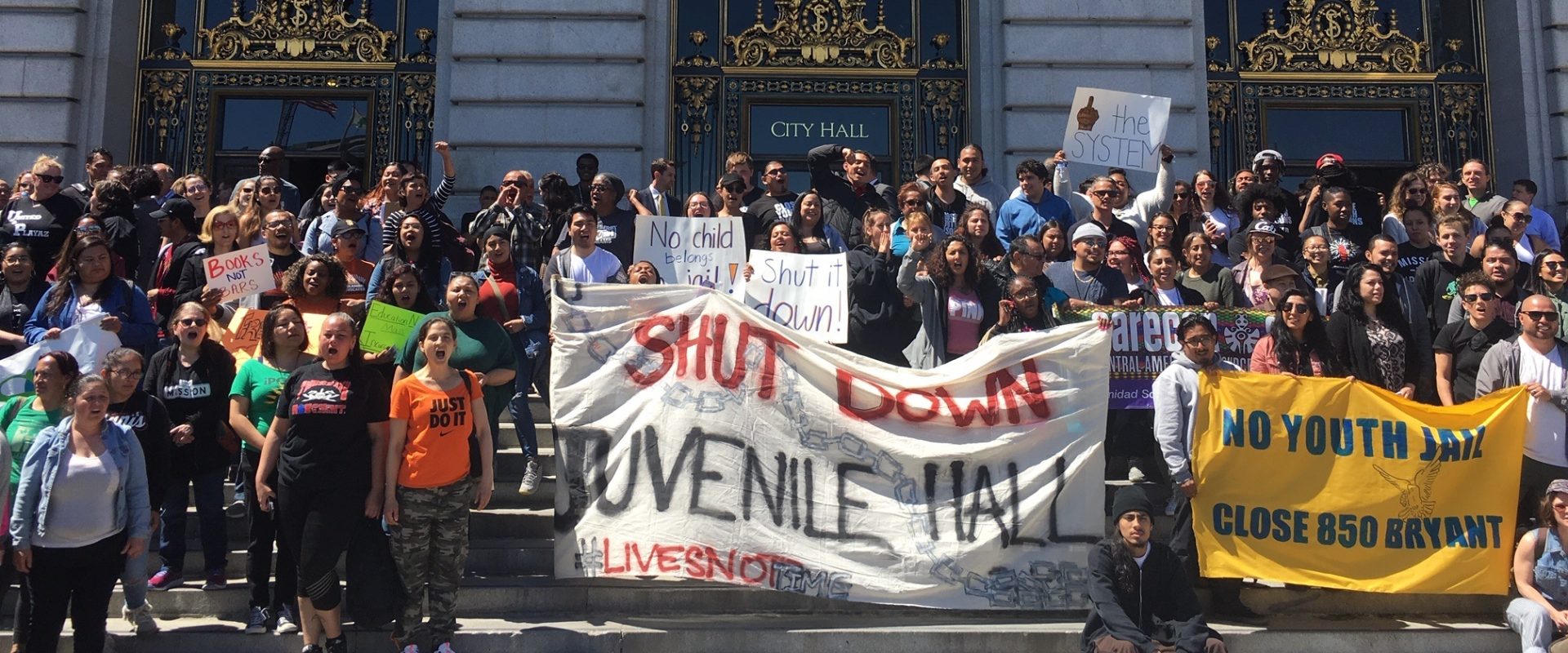Governor Brown has an historic opportunity sitting on his desk. For the first time four years, legislation sponsored by Senator Leland Yee (San Francisco) to eliminate the practice known as Juvenile Life Without Parole (JLWOP) has passed both Senate and Assembly floor votes. The legislation, Senate Bill 9 (SB 9) has arrived on the Governor’s desk and is awaiting his signature. SB 9 would end the policy some have called “a living death sentence” whereby youth felons are sentenced to life in…
In California, local county jail bed space is not always for the guilty. Approximately 50,000 un-sentenced individuals are confined to the state’s county jails, awaiting their time before a judge. A majority of these individuals are confined to local jails because they are not able to post bail . This contributes to the 71% state average of un-sentenced individuals in county jails. These individuals have not necessarily been deemed a flight-risk or a danger to society; they just lack the…
Blog Aug 16, 2012
Media coverage focuses on sentencing disparities
Media outlets across the state are posing hard questions about county sentencing practices. CJCJ’s recently launched the California Sentencing Institute , an interactive map that highlights the disparities in sentencing across California’s 58 counties. The map allows researchers, legislators, and the general public to examine the cost to taxpayers for each county’s incarceration rate, as well as correlations to ethnicity and county poverty levels. A recent KQED News investigation using the…
Blog Aug 14, 2012
San Francisco data collection needs upgrade
An article in the Bay Citizen today sheds much needed light on the importance and lack of accurate data collection in San Francisco. In particular, the article notes the San Francisco Police Department (SFPD) underreports the arrests of Latino and Asian residents (the city’s two largest minority groups) by misclassifying them at “white” or “other.” These inaccuracies have significant repercussions that effect not only law enforcement, but policymakers, and local residents. For example in…
Counties across the state are facing unprecedented new challenges in their adult and juvenile criminal justice systems. Pressures are increasing on local systems due to adult corrections realignment under Assembly Bill 109 and unprecedented drops in federal funding for rehabilitation of juvenile offenders. California counties are responding to these challenges with a wide variety of responses. While county responses vary, one factor remains constant throughout the state: The…
